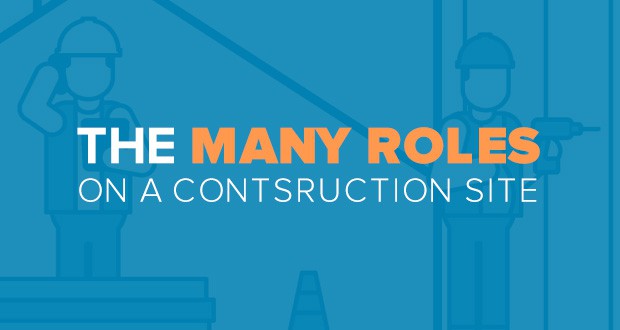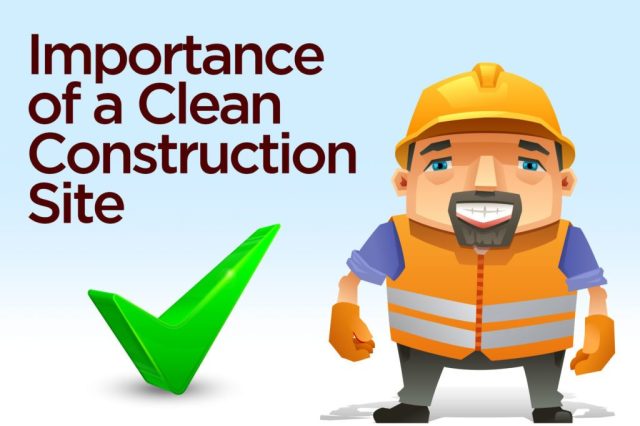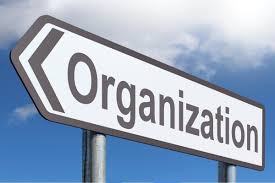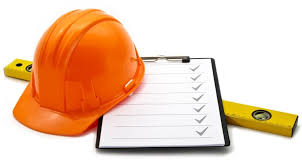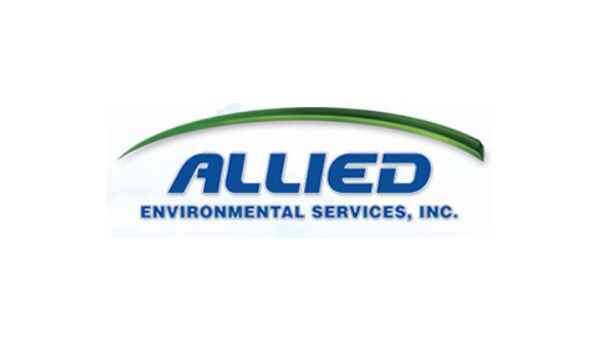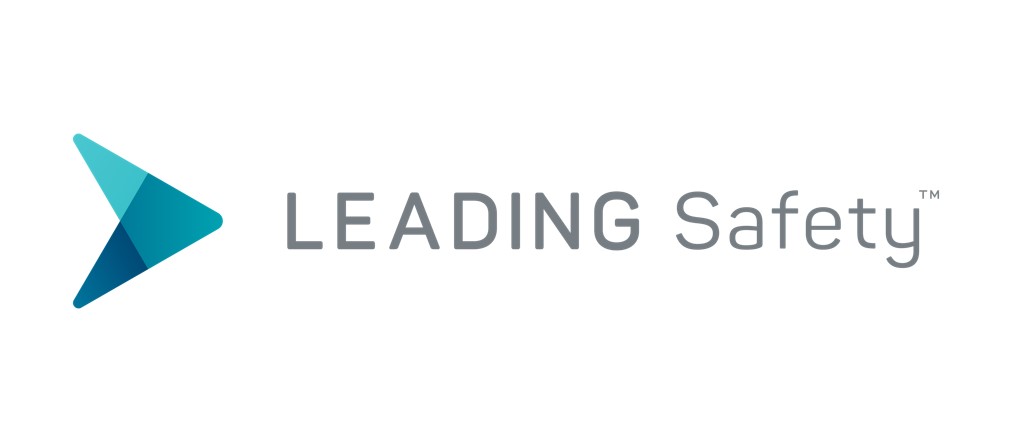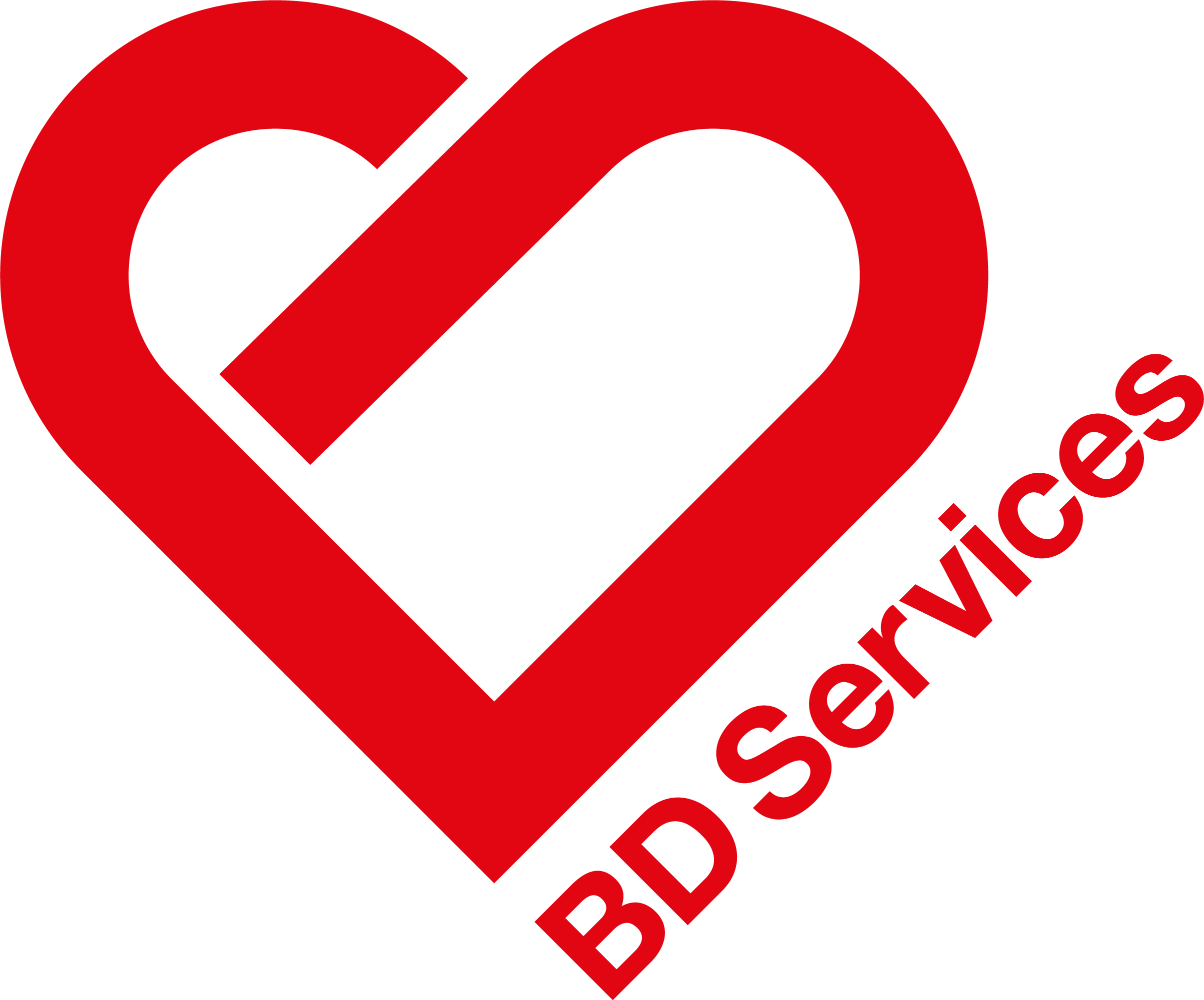Title Page
-
Site conducted
-
Site Location:
-
Date:
-
Conducted By: David Spiers
-
Title: Company Safety Representative
-
Participating Employee
-
Title: Installer
Employee Responsibilities
-
-
When we participate in a project, there are rules and regulations that bind us to the everyday operations of a work zone. These practices enable a potentially dangerous and hostile environment to run efficiently but more importantly, safely. As a worker operating within a construction zone, we have no choice but to work collectively with others. As such, every trade’s responsibilities span far beyond the immediate duties that they are hired for by their employer. The following content will cover the additional expectations as an employee of Designer Deck, including the laws that bind us to proper practice and procedures.
General Discussion
-
We all contribute to the waste that accumulates on a project site. It is your responsibility to ensure that any debris, including off-cuts and sawdust, are properly bagged and/or disposed of upon completing your work. This professional practice will ensure the following:
-
* A clean work area for other trades to come
-
* Elimination of hazards such as tripping
-
* Respect from other trades and site personnel
-
* Project site efficiency for both our company and others
-
Waste/debris is NEVER to be thrown over the edge of a balcony unless otherwise permitted and/or in an enclosed designated area; it could potentially hit someone passing by, causing serious injury or death. Disposal bins are commonly provided on construction sites for workers use for this purpose. If instructed by site personnel, you may also leave your debris in a designated area neatly and organized, free from obstructing any fire routes and/or causing a potential trip hazard.
-
-
An organized work area is an important factor in efficiency and safety. Please keep the following points in mind at all times when you are working on site:
-
* Loose/tangled cords, air hoses, and equipment lying around, are prime tripping hazards to both you and other people working around you. Be sure to conduct yourself systematically, so that you know where your equipment is at all times and further avoid injury or death. Tripping over an electrical cord close to a staircase for example, could potentially launch you into an uncontrollable fall down a set of stairs.
-
* Keep equipment such as power tools, within a safe distance of any wet areas, such as a puddle. A submerged defective and undetected electrical cord for example, could cause electrocution.
-
* An organized work area helps to create efficient working patterns that you can rely on and always be aware of.
-
Material storage is both yours and the sites responsibility. Be mindful of stacking materials such as skids or large off-cuts very high; they could have the potential to fall over and hurt someone.
-
Gas leaks within homes are a dangerous and potential hazard. According to recent OHSA additions - a worker entering a home to conduct their assigned task is required to check if at least one window is open. If another tradesman were to be working within a home (that you are unaware of) and inhale these toxic fumes and/or there was an explosion causing death or injury. YOU can be held criminally liable for another individual's misfortune.
-
It is your responsibility as a site worker to clear any snow that may potentially be obstructing the main entrance to the home you are assigned to work within. According to recent OHSA additions - if you are caught trudging through 1ft or more of snow, you could be fined by a Ministry of Labour.
Project Site Responsibilities
-
-
The personnel that control a job site are accountable for ensuring the safety, efficiency and cleanliness of a work zone, among other various duties to a certain degree. If there are any issues with the organization of the area you are working within and you have further identified them as a prime responsibility of the builder, it is advised that you see or contact a superintendent immediately so he/she can delegate tasks and assist you further. The following content addresses common obstacles that you may encounter; these are the responsibility of the builder and stipulated as OHSA regulation laws.
General Discussion
-
Project site wastage and materials must be removed from work zones as is necessary to prevent hazardous conditions such as tripping. This should take place at least once daily or as often as required. If you encounter waste/debris (in excess), contact the staff to have it removed in a timely manner
-
Protruding structures and/or materials can be unsafe. If you see anything that could disrupt efficiency or potentially harm someone including yourself, avoid it altogether and contact the site staff to have it removed or corrected immediately.
-
Materials or equipment storage (including their movement piling and stacking) should be conducted in a controlled, safe and organized manner. Contact the site staff if you feel at risk or see something that does not look right.
-
Sufficient and safe accessibility of the area(s) you are working within are both a significant part of site efficiency and your rights as a worker operating within these environments. It is the responsibility of the constructor to provide stairs, runways, ramps and ladders where access is a problem and a risk to workers. If these do not exist, contact the site staff to have them implemented or be in touch with your company safety representative to inform them.
Employee Participation
-
Gas leaks from propane heaters in homes under construction, are a dangerous hazard you can be held accountable for. What are you required to do before conducting your work in a lot/unit?
- Attempt to turn of the main gas line
- Leave the construction site immediately
- Note the fumes you encountered in your scheduled appointment
- Leave at least one window open
- Leave at least one door open
- Check to see if another worker is inside
-
Who's responsibility is it on a construction site, to dispose of your debris/off-cuts?
-
And where can this waste potentially be disposed of? (Please select three options)
- Designer Deck's warehouse bin
- Left on the balcony or terrace
- Left close to an unassumed road within the site
- In front of the main entrance
- Neatly piled and organized in designated and site approved location
- Designated construction site waste bins
- Piled neatly by the construction trailer
-
YOU are required to clean up after yourself on a construction site. Failing to do so could be putting others at risk of injury/death and/or heavy fines/criminal charges imposed on you if proven guilty by the Ontario Ministry of Labour.
-
What is the primary purpose of clearing the waste you produce on a construction site?
- To leave it looking aesthetically pleasing
- To prevent hazards for both myself and other tradesmen
- To please my employer
- So that I can operate effectively within my workspace
- So that the homeowner can access their lot/unit
-
Demonstrate that you subscribe to this work ethic; attach an appropriate image of your workspace today and CHECK THE BOX (only) attached to this question if you've done so for reference and good standing.
-
If snow is impeding your main access to a lot/unit, you are required to clear it if your legs are covered by 1ft or more.
-
Note, that you're at risk of receiving a small fine if caught by ministry representative. This is a recent OHSA law.
-
What parts of your tools or equipment pose significant trip hazards if left unorganized? Please select four answers.
- Circulating saw
- Air hose
- Electrical cords
- Harness/Lanyard
- Lifeline
- Toolbox
-
Is the builder responsible for clearing waste/debris from their construction site?
-
Refer to 'Project Site Responsibilities' within this Toolbox Talk, to learn your rights under OHSA law.
-
Correct! You also have the right to a clean and safe work zone. How often is a builder required to do this?
Conclusion
-
By signing this document, you acknowledge that you have thoroughly read, understand and participated in the contents discussed in this Toolbox Talk onsite today. You further assert that your company safety representative has reviewed and addressed any additional concerns, questions and most importantly, the failed answers herein and as it pertains to the construction/project site you are working within today.
-
Employee Signature






